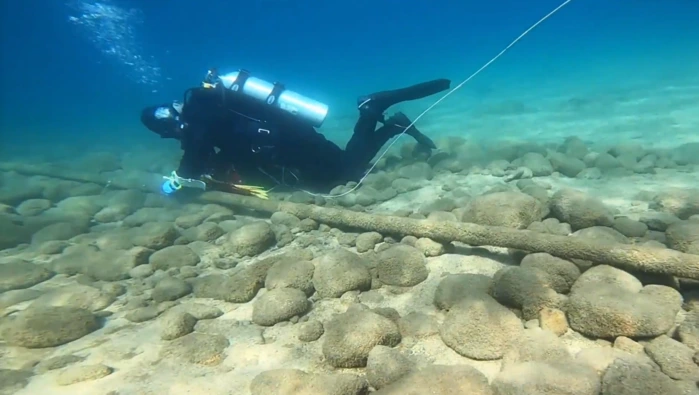
Decades ago, AT&T buried thousand of miles of lead-lined cables across the U.S., and a Wall Street Journal investigation recently found thousands of those cables still under the soil and water tables of very populated areas.
The Journal’s investigation found that 80% of sediment samples taken next to underwater cables showed elevated levels of lead, with the lead levels highest directly under or next to the cables and dropping off within a few feet — a sign that the lead was coming from the cables.
The investigation also found examples of aerial cables, coated in lead, with lead flaking off into the sediment below.
However, assigning blame is difficult.
The company named AT&T today is a different company that the company named AT&T which laid the cables decades ago. Between then and now, the original AT&T was broken up into 8 different companies as part of an anti-monopoly lawsuit. Some of those companies later merged and rebranded into Verizon. Others ended up merging with internet companies, or dying. And one eventually bought the old AT&T trademark and rebranded as AT&T.
As companies split, merged, split again, and merged again over the decades, many cables were abandoned, and records were lost.
Several telecom companies have denied ownership of problematic cables, making it difficult for investigators or potential class action plaintiffs to track down who exactly they should be going after.
On top of that, it’s an open question of whether or not the lead contamination from the cables was actually high enough to significantly affect anyone.
Isotopic analysis showed with high confidence that the lead in at least some of the contaminated areas was coming from the cables, but we don’t yet have any medical or other data to show a causal link to actual health problems, which means telecom companies likely won’t be forced to pay anything for at least a decade, if ever.